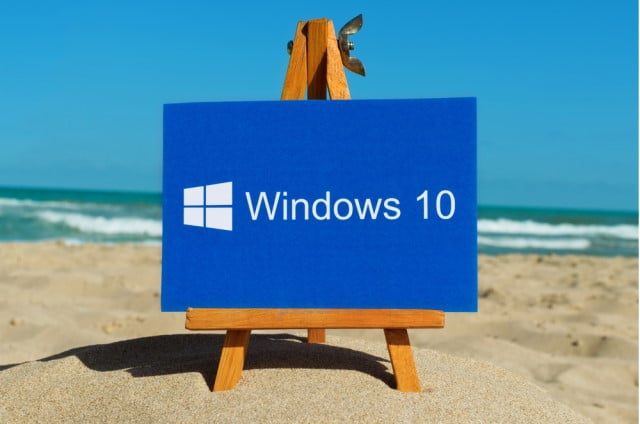Windows 10's KB5001330 update is causing problems with shared folders and DNS resolution

It is only a few days since Microsoft released the KB5001330 and KB5001337 updates for Windows 10 which kills off the legacy version of Edge. Having wondered aloud what problems might be caused by the latest batch of updates, we didn't have to wait long for the first issues to rear their heads.
But problems with gaming performance, boot loops and screen flicker are not, it would seem, the end of the story. Users are also reporting problems with DNS resolution and issues with shared folder following the installation of the KB5001330 update.
See also:
- KB5001330 update for Windows 10 is causing performance problems and other issues
- Microsoft releases experimental PowerToys v0.36.0 with eagerly awaited new utility
- Microsoft issues KB5001330 and KB5001337 updates for Windows 10, killing off legacy Edge
It is corporate users that have been experiencing problems with shared folders, reports BleepingComputer. This particular issue is unlikely to be of concern to large number of people as it appears to affect systems running Dentrix software. The company says: "Windows security update - KB5001330 is causing issues with access to the common folder, registration issues, and eSync connectivity issues. For Easy Dental customers, this can also cause EZD not to open or prompt to register again".
As for a solution, Dentrix suggests enabling Link Layer Multi-cast Name Resolution (LLMNR). As this is achieved using Group Policy Editor, this is advice that is only helpful to users of Windows 10 Pro. The company suggests the following:
- Go to Start>Run and type GPEdit.msc <press enter>
- This should open the Local Group Policy Editor
- Use the Group Policy Editor to navigate to Local Computer Policy>Computer Configuration>Administrative Template>Network>DNS Client (see screenshot 1 below)
- Double-Click "Turn Off Multicast Name Resolution"
- Mark the radio button labeled "Disabled" (see screenshot 2 below)
- Click Apply and OK
- Open a Windows Command Prompt Window (Start>Cmd.exe) and enter the command ipconfig /flushdns <press enter>
Anyone concerned about the issue could consider avoiding the update for the time being, but this may not be advisable because of the security issues it addresses.
Image credit: tanuha2001 / Shutterstock
